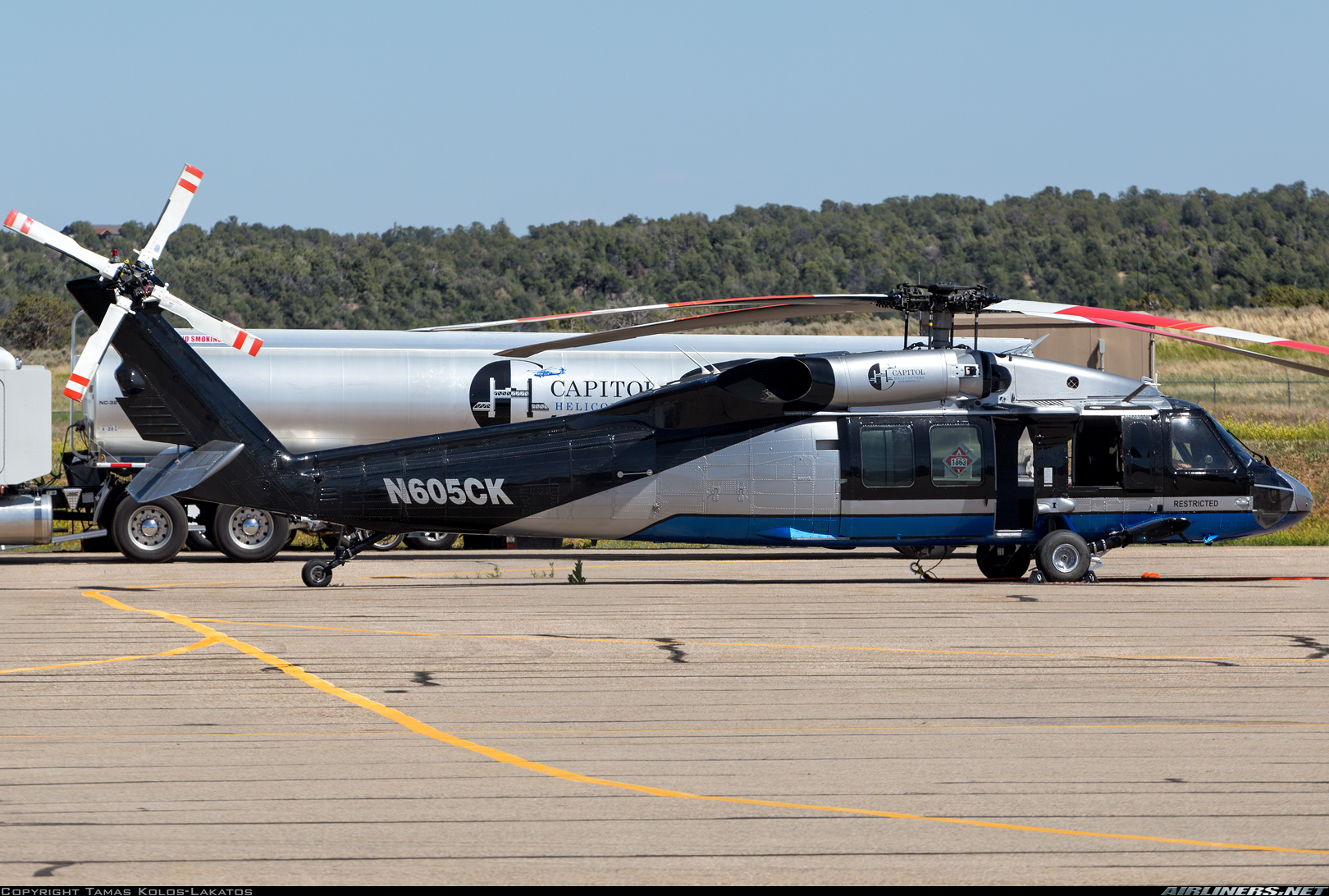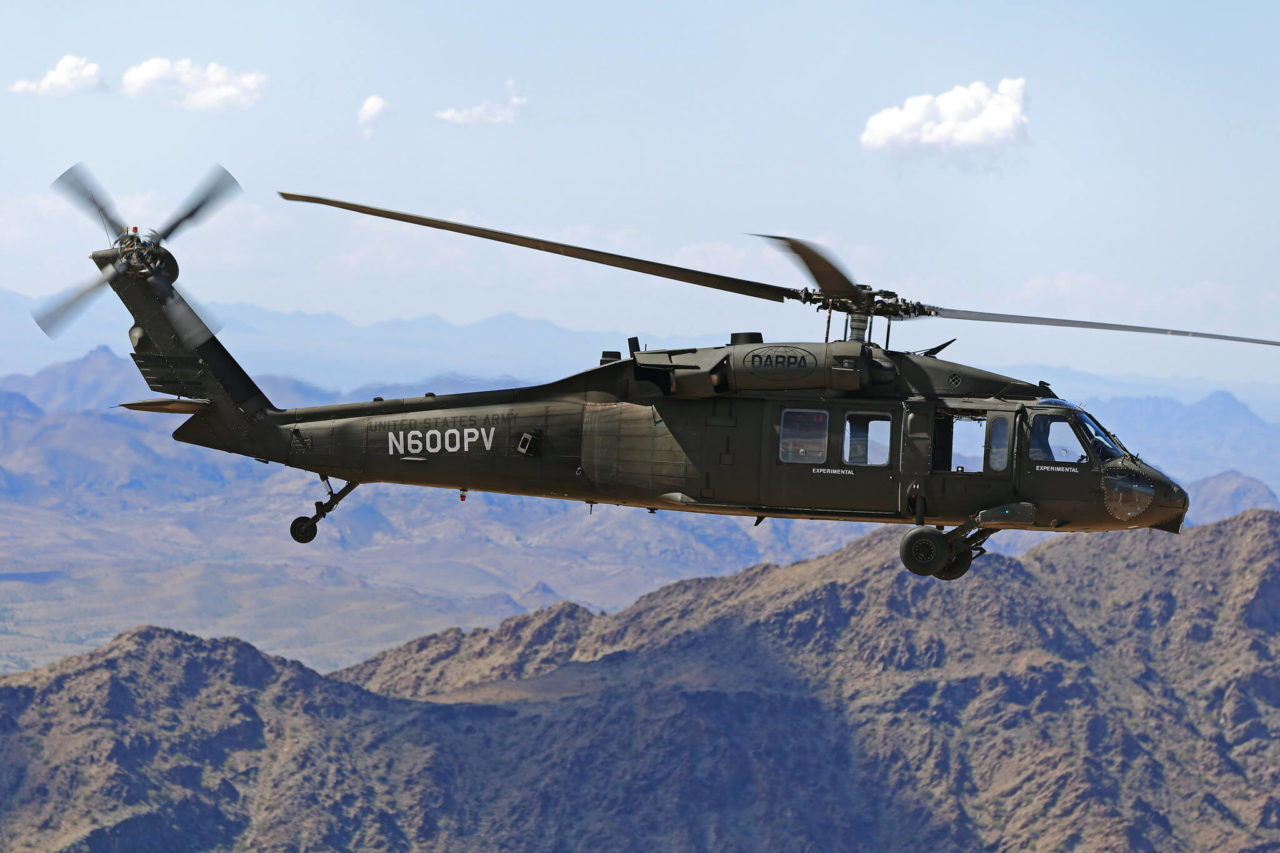The Sikorsky S 70 Helicopter: A Deep Dive into Its Layout and Efficiency
The Sikorsky S 70 Helicopter: A Deep Dive into Its Layout and Efficiency
Blog Article
High-Performance Multi-Role Rotorcraft Featuring Advanced Cockpit Technologies and Integrated Sensor Systems
The world of rotorcraft modern technology has actually seen notable advancements in recent times, specifically in the world of high-performance multi-role rotorcraft outfitted with sophisticated cabin technologies and perfectly integrated sensing unit systems. In the complying with discussion, we will discover the development of rotorcraft innovation, delve right into the realm of advanced cabin advancements, and analyze the implications of incorporated sensor systems on the functional flexibility and efficiency of contemporary rotorcraft.
Development of Rotorcraft Technology
The advancement of rotorcraft innovation has actually been noted by significant advancements in aerodynamics, products, and propulsion systems, shaping the capabilities and efficiency of modern-day rotorcraft. Aerodynamic renovations have boosted the effectiveness and ability to move of rotorcraft, enabling for raised speed, agility, and stability throughout flight (sikorsky s 70). Developments in products, such as using composite products and progressed alloys, have caused lighter yet more powerful rotorcraft structures, enhancing total efficiency and resilience. In addition, advancements in propulsion systems, including a lot more effective engines and innovative propulsion technologies, have actually made it possible for rotorcraft to attain higher altitudes, faster speeds, and higher hauls.
These advancements have not just changed the abilities of rotorcraft however have also expanded their applications throughout different markets, consisting of armed forces, business, and emergency situation solutions. The constant advancement of rotorcraft modern technology remains to drive advancement in the field, pushing the boundaries of what is feasible and shaping the future of upright trip.
Advanced Cockpit Innovations
Structure upon the foundational developments in aerodynamics, products, and propulsion systems, the world of rotorcraft modern technology currently shifts emphasis towards introducing Advanced Cockpit Innovations. The integration of innovative innovations within the cockpit environment plays a vital duty in boosting the functional capacities, safety and security, and effectiveness of modern-day rotorcraft. sikorsky s 70. Advanced Cabin Innovations encompass a vast array of attributes created to offer pilots with enhanced situational awareness, structured information monitoring, and instinctive control interfaces
Among the key improvements in cockpit style is the implementation of glass cockpits, which replace typical analog evaluates with high-resolution display screens. These digital systems supply adjustable layouts, real-time information integration, and boosted readability, making it possible for pilots to gain access to critical info at a look. Furthermore, progressed avionics systems, such as fly-by-wire controls and boosted reality screens, are changing just how pilots communicate with the aircraft, permitting specific control and enhanced decision-making capacities.


Integrating innovative cockpit technologies not just enhances pilot efficiency yet also contributes to general goal efficiency and safety and security in complex functional settings. By leveraging advanced technologies within the cockpit, rotorcraft producers are establishing new requirements for functional excellence and mission success.
Integrated Sensor Solutions
With the evolution of rotorcraft innovation, the assimilation of sophisticated Integrated Sensing unit Equipment has actually become vital in enhancing operational efficiency and safety. These Integrated Sensing unit Equipments incorporate a wide variety of technologies that supply essential information for various functions such as navigation, monitoring, targeting, and ecological monitoring. By seamlessly integrating sensors like radars, cams, lidar, and infrared systems right into rotorcraft, drivers can gain from enhanced situational understanding, improved goal capabilities, and reduced pilot workload.
One trick benefit of Integrated Sensing unit Solutions is their capability to collect real-time information and give workable understandings to pilots and goal straight from the source operators. For instance, progressed radar systems can spot and track targets over long distances, enabling very early risk detection and effective response preparation. Furthermore, incorporating infrared and electro-optical cams allows rotorcraft to conduct reconnaissance and security goals with accuracy and accuracy.
In significance, the combination of sophisticated sensing unit technologies right into rotorcraft not just improves functional efficiency however likewise adds substantially to general goal success and team safety. As rotorcraft proceed to advance, the function of Integrated Sensing unit Systems will unquestionably stay at the forefront of advancement in the aerospace sector.
Functional Flexibility and Performance
Enhancing operational convenience and efficiency in rotorcraft is an all-natural progression from the integration of sophisticated Integrated Sensing unit Systems. By leveraging the understandings and information supplied by these advanced sensing unit systems, rotorcraft can maximize their efficiency throughout various missions and atmospheres.
Functional adaptability encompasses the ability of rotorcraft to adapt to various roles and scenarios efficiently. With sophisticated cabin technologies and incorporated sensing unit systems, rotorcraft can flawlessly change between tasks such as search and rescue, clinical discharge, security, and a lot more. This adaptability boosts the rotorcraft's capacity to meet diverse operational needs without requiring comprehensive reconfiguration.
Effectiveness in rotorcraft procedures is critical for taking full advantage of goal efficiency and resource usage. Integrated sensing unit systems play a pivotal duty in boosting operational efficiency by providing real-time information on weather, terrain mapping, target monitoring, and a lot more. This data enables pilots to make educated choices swiftly, enhance trip paths, preserve fuel, and improve overall objective efficiency.
Influence On Modern Aeronautics Workflow

Moreover, the integration of sophisticated sensing units helps with boosted objective preparation and execution, allowing rotorcraft to execute a variety of tasks with improved precision. From search and rescue operations to airborne firefighting and police missions, the capacities of contemporary rotorcraft equipped with advanced cabin technologies and integrated sensor systems are unparalleled.
Furthermore, the influence of these advancements prolongs beyond functional performance to cost-effectiveness and sustainability. By optimizing flight routes, fuel usage, and upkeep timetables, high-performance rotorcraft outfitted with advanced cockpit innovations and sensors add to reducing functional prices and ecological impact, making them try these out vital properties in modern-day aeronautics operations.
Conclusion
Finally, the high-performance multi-role rotorcraft with advanced cabin technologies and integrated sensing unit systems stands for a substantial advancement in aeronautics modern technology. These advancements boost functional adaptability and effectiveness, ultimately impacting modern aviation procedures in a try here favorable way. The combination of these sophisticated technologies permits boosted abilities and performance in numerous goal circumstances, showcasing the continued development of rotorcraft technology in the aviation sector.
The realm of rotorcraft technology has actually seen remarkable improvements in recent times, specifically in the world of high-performance multi-role rotorcraft geared up with cutting-edge cabin technologies and seamlessly incorporated sensing unit systems. From improved goal convenience to enhanced functional effectiveness, the convergence of innovative cockpit technologies and incorporated sensing unit systems has actually ushered in a new period of opportunities for rotorcraft applications. In the following discussion, we will certainly discover the development of rotorcraft technology, dig right into the world of sophisticated cabin developments, and analyze the ramifications of incorporated sensing unit systems on the operational versatility and performance of modern rotorcraft.

Report this page